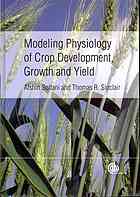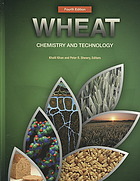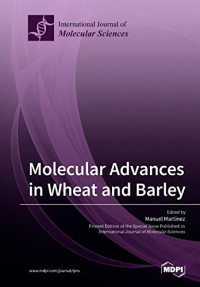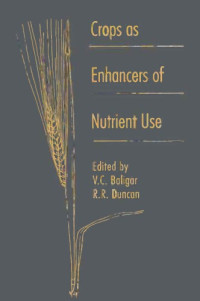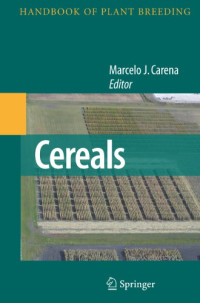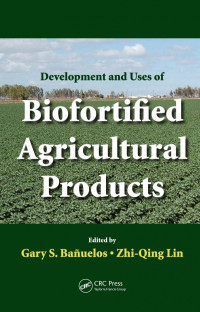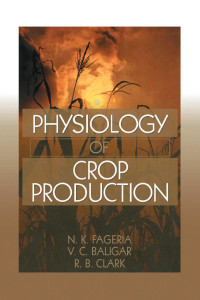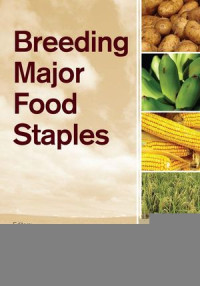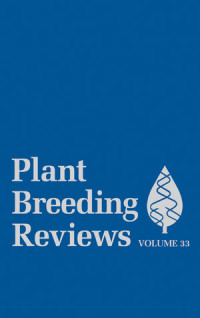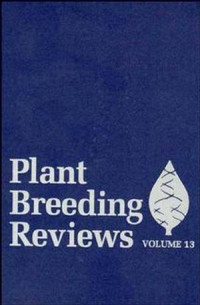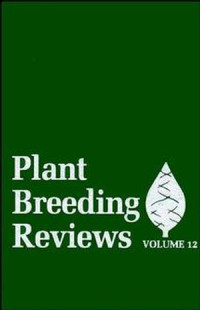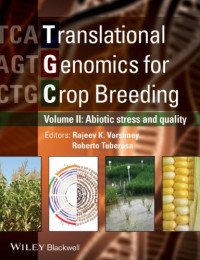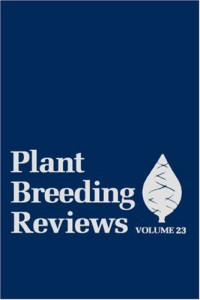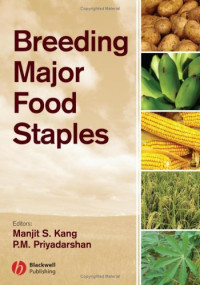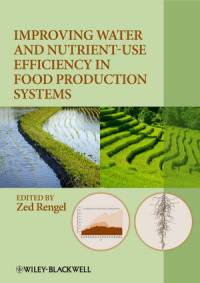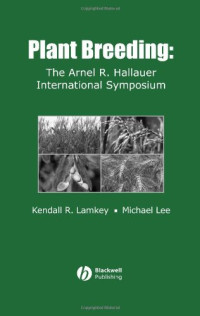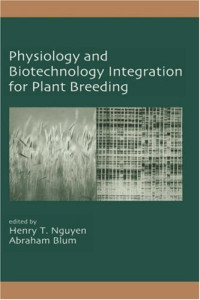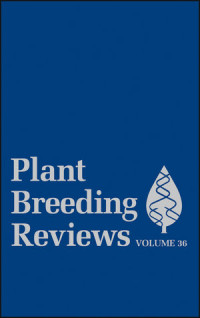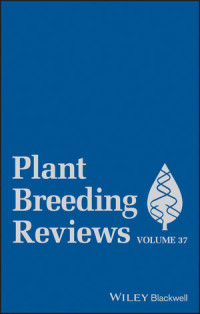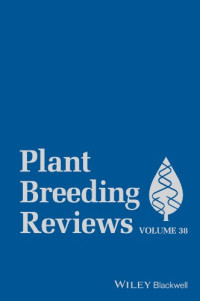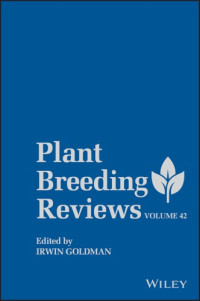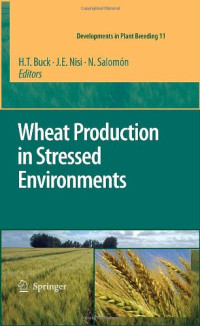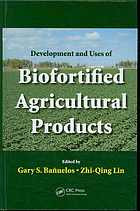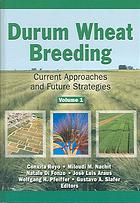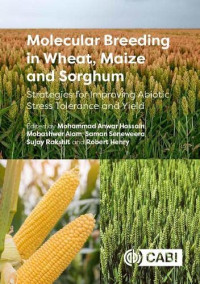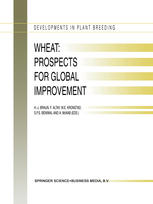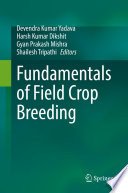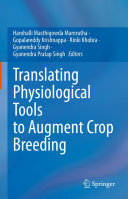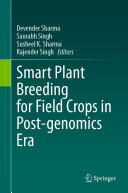
Application of Physiology in Wheat Breeding
Reynolds M.P., Ortiz-Monasterio J.I., McNab A. (Ed.)
Mexico: International Maize and Wheat Improvement Center (CIMMYT), 2001. — 240 pp.
ISBN: 970-648-077-3.This book is a practical guide to the application of physiology in wheat breeding, which brings together in one volume the working knowledge of a broad range of experts in salinity, drought, cold, waterlogging, micronutrients, and other key topics.
Brief theoretical explanations are provided throughout this book, but the main focus is on practical procedures breeders can readily apply. Such topics as economic issues related to the role of physiology in wheat breeding and the search for genetic diversity that could contribute to increasing yield will help breeders take full advantage of existing methodologies and resources to do their work more efficiently. The chapter on the genetic basis of physiological traits brings out the point that though field testing is indispensable, proper combination with molecular data could lead to more efficient use of limited resources.C o n t e n t s.
General Considerations in Physiological Breeding.
Application of Physiology in Wheat Breeding — M.P. Reynolds, R.M. Trethowan, M. van Ginkel, and S. Rajaram.
Directions for Physiological Research in Breeding: Issues from a Breeding Perspective — P.A. Jackson.
Searching Genetic Resources for Physiological Traits with Potential for Increasing Yield — B. Skovmand, M.P. Reynolds, and I.H. Delacy.
Genetic Basis of Physiological Traits — J.-M. Ribaut, H.M. William, M. Khairallah, A.J. Worland, and D. Hoisington.
Managing Experimental Breeding Trials — P.R. Hobbs and K.D. Sayre.
Recent Tools for the Screening of Physiological Traits Determining Yield — J.L. Araus, J. Casadesus, and J. Bort.
Economic Issues in Assessing the Role of Physiology in Wheat Breeding Programs — J.P. Brennan and M.L. Morris.
Breeding for Adaptation to Environmental Factors.
Traits to Improve Yield in Dry Environments — R.A. Richards, A.G. Condon, and G.J. Rebetzke.
Salinity Tolerance — K.N. Singh and R. Chatrath.
Cold Tolerance — N.N. Sãulescu and H.-J. Braun.
Heat Tolerance — M.P. Reynolds, S. Nagarajan, M.A. Razzaque, and O.A.A. Ageeb.
Waterlogging Tolerance — A. Samad, C.A. Meisner, M. Saifuzzaman, and M. van Ginkel.
Preharvest Sprouting Tolerance — R.M. Trethowan.
Selection Traits for Improving Yield Potential — R.A. Fischer.
Manipulating Wheat Development to Improve Adaptation — G.A. Slafer and E.M. Whitechurch.
Breeding for Nutritional and Soil Factors.
Acid Soils and Aluminum Toxicity — A.R. Hede, B. Skovmand, and J. López-Cesati.
Genotypic Variation for Zinc Efficiency — I. Cakmak and H.-J. Braun.
Nitrogen and Phosphorus Use Efficiency — J.I. Ortiz-Monasterio, G.G.B. Manske, and M. van Ginkel.
Techniques for Measuring Genetic Diversity in Roots — G.G.B. Manske, J.I. Ortiz-Monasterio, and P.L.G. Vlek.
Micronutrients — J.S. Ascher-Ellis, R.D. Graham, G.J. Hollamby, J. Paull, P. Davies, C. Huang, M.A. Pallotta, N. Howes, H. Khabaz-Saberi, S.P. Jefferies, and M. Moussavi-Nik.
ISBN: 970-648-077-3.This book is a practical guide to the application of physiology in wheat breeding, which brings together in one volume the working knowledge of a broad range of experts in salinity, drought, cold, waterlogging, micronutrients, and other key topics.
Brief theoretical explanations are provided throughout this book, but the main focus is on practical procedures breeders can readily apply. Such topics as economic issues related to the role of physiology in wheat breeding and the search for genetic diversity that could contribute to increasing yield will help breeders take full advantage of existing methodologies and resources to do their work more efficiently. The chapter on the genetic basis of physiological traits brings out the point that though field testing is indispensable, proper combination with molecular data could lead to more efficient use of limited resources.C o n t e n t s.
General Considerations in Physiological Breeding.
Application of Physiology in Wheat Breeding — M.P. Reynolds, R.M. Trethowan, M. van Ginkel, and S. Rajaram.
Directions for Physiological Research in Breeding: Issues from a Breeding Perspective — P.A. Jackson.
Searching Genetic Resources for Physiological Traits with Potential for Increasing Yield — B. Skovmand, M.P. Reynolds, and I.H. Delacy.
Genetic Basis of Physiological Traits — J.-M. Ribaut, H.M. William, M. Khairallah, A.J. Worland, and D. Hoisington.
Managing Experimental Breeding Trials — P.R. Hobbs and K.D. Sayre.
Recent Tools for the Screening of Physiological Traits Determining Yield — J.L. Araus, J. Casadesus, and J. Bort.
Economic Issues in Assessing the Role of Physiology in Wheat Breeding Programs — J.P. Brennan and M.L. Morris.
Breeding for Adaptation to Environmental Factors.
Traits to Improve Yield in Dry Environments — R.A. Richards, A.G. Condon, and G.J. Rebetzke.
Salinity Tolerance — K.N. Singh and R. Chatrath.
Cold Tolerance — N.N. Sãulescu and H.-J. Braun.
Heat Tolerance — M.P. Reynolds, S. Nagarajan, M.A. Razzaque, and O.A.A. Ageeb.
Waterlogging Tolerance — A. Samad, C.A. Meisner, M. Saifuzzaman, and M. van Ginkel.
Preharvest Sprouting Tolerance — R.M. Trethowan.
Selection Traits for Improving Yield Potential — R.A. Fischer.
Manipulating Wheat Development to Improve Adaptation — G.A. Slafer and E.M. Whitechurch.
Breeding for Nutritional and Soil Factors.
Acid Soils and Aluminum Toxicity — A.R. Hede, B. Skovmand, and J. López-Cesati.
Genotypic Variation for Zinc Efficiency — I. Cakmak and H.-J. Braun.
Nitrogen and Phosphorus Use Efficiency — J.I. Ortiz-Monasterio, G.G.B. Manske, and M. van Ginkel.
Techniques for Measuring Genetic Diversity in Roots — G.G.B. Manske, J.I. Ortiz-Monasterio, and P.L.G. Vlek.
Micronutrients — J.S. Ascher-Ellis, R.D. Graham, G.J. Hollamby, J. Paull, P. Davies, C. Huang, M.A. Pallotta, N. Howes, H. Khabaz-Saberi, S.P. Jefferies, and M. Moussavi-Nik.
ენა:
english
ISBN 10:
9706480773
ISBN 13:
9789706480774
ფაილი:
PDF, 6.77 MB
IPFS:
,
english0
 Amazon
Amazon  Barnes & Noble
Barnes & Noble  Bookshop.org
Bookshop.org  ფაილების კონვერტაცია
ფაილების კონვერტაცია ძიების მეტი შედეგი
ძიების მეტი შედეგი სხვა უპირატესობები
სხვა უპირატესობები 